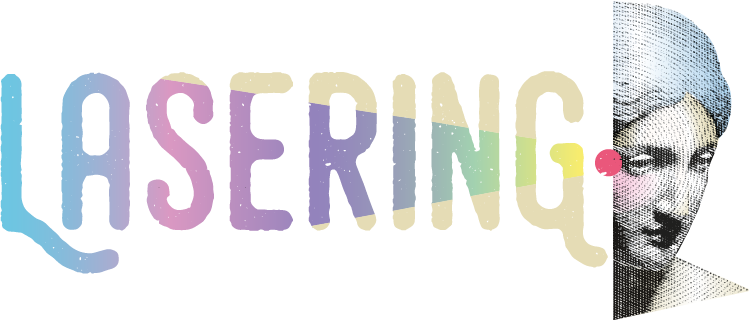
The general objective of this project is to advance in the knowledge of the interaction between laser radiation and ancient Pictorial Heritage, with the general aim of defining the ideal conditions of laser radiation as a cleaning method of cave and tempera mural paintings, fulfilling the standards defined by the code of ethics for the practice of Conservation and Restoration of CH (ECCO professional guidelines). More specifically, two specific objectives are considered:
Specific objective 1
To know the effect that laser radiation (different active medium, pulse duration, wavelength and fluence) and operation conditions (dry or wet) exerts on the painting compounds (pigment and binder) used in cave and tempera paintings, both separately and as the final painting. The treatment with laser radiation under different conditions of raw materials used in both types of pictorial technology and, by mixing them, with standard samples of both technologies (combining different pigments with different binders) will allow:
- To identify which is the susceptibility of each pigment and binder to each laser irradiation condition as well as knowing the mechanism through which each material deteriorate; and
- To know what is the behavior during laser irradiation of the pigment-binder tandem (mock-ups).
This first objective will allow reaching the first great MILESTONE of this project, which is to advance in the knowledge of the laser-ancient wall painting interaction through the dual analysis of the response of each raw material separately and of the pigment-binder tandem. This MILESTONE constitutes a necessary and valuable knowledge to undertake future laser cleaning interventions, allowing conservation professionals to anticipate the possible effects of lasers on ancient paintings and to make decisions, based on prior scientific knowledge, on which equipment to be used and under what conditions it should be applied to avoid damage.
Specific objective 2
To identify the parameters of laser irradiation (pulse duration domain, wavelength and fluence) and application (dry or wet) that allow the optimal removal of a layer of soiling without causing a damage in the properties of the cave and tempera paintings considered. The achievement of this objective defines the second great MILESTONE of this project, which, without intending to establish general guidelines, will allow a laser cleaning intervention to be approached with prior scientific knowledge about which conditions would be the most favorable and which could be the adverse effects that could arise, thus allowing anticipation in decision-making. This will allow us to achieve sustainable cleaning of our Pictorial Heritage.
Specific objective 3
To check the transferability of the results to a real intervention. The interest of this proposal is to generate useful knowledge for practical application. Therefore, a part of the development of this project will focus on cleaning a real work, with the objective of knowing to what extent the results of laboratory experimentation are useful to select the equipment that does the least damage to the painting; to what extent the results of cleaning with the recommended equipment give the expected results and what differences in response (cleaning effectiveness and damage) could be found.

